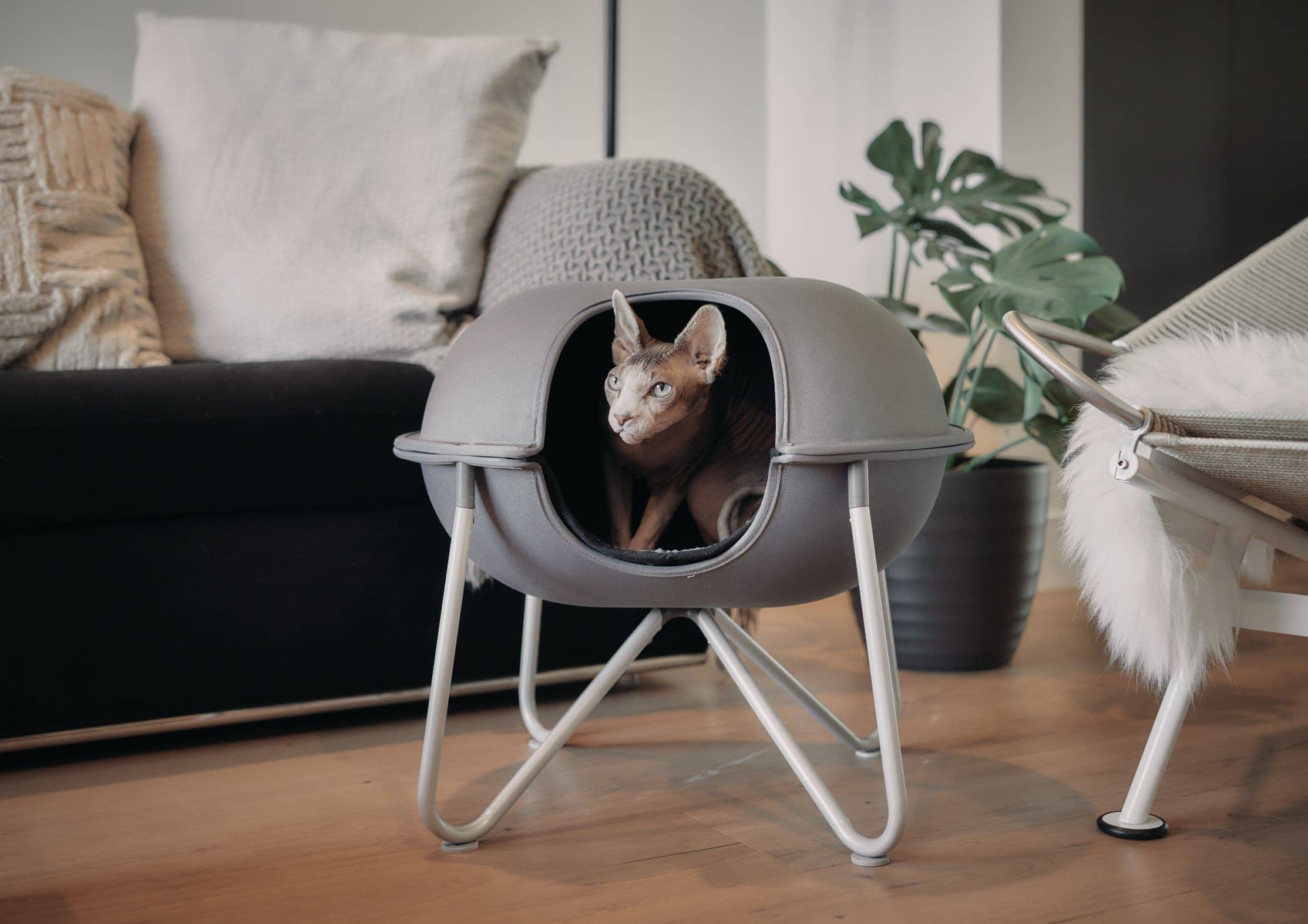What Is a Catio? Benefits, Types & FAQ
Updated on
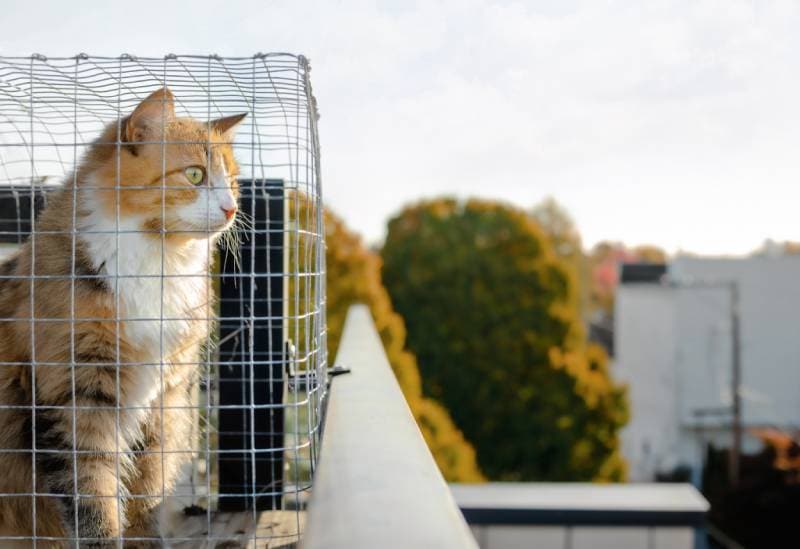
If you’re the lucky owner of a cat, you know that indoor cats love looking outside and watching as life and little critters go by. Outdoor cats get to go outside and do their thing, of course, but indoor cats are always left wanting. However, there is a solution for indoor cats. It’s called the catio, and it’s become very popular for cat lovers around the United States in the last few years. It provides a safe place for your cat to see the outside world. To learn more about catios, including their benefits, the different types, the materials used to make them, and more, read on!
 How Does It Work?
How Does It Work?
Catio is a wordplay using the words cat and patio. In essence, it’s a place where your furry feline can get a safe glimpse of the outside world. Catios are typically enclosed, so indoor cats can use them without escaping into the yard and endangering themselves. Thus, they allow indoor cats to enjoy the outdoors while staying safely enclosed. Catios are typically attached to a door or window that can either remain open or that a cat can open on its own. Most are made using wood, chicken wire, and other basic materials, although some folks go all out when making catios and use higher-quality materials.
Catios protect the cat from predators and give indoor cats more freedom, which keeps them happier and healthier. You can either construct a catio on your own if you have decent DIY skills, or you can purchase one pre-made and ready to be set up outside your home.
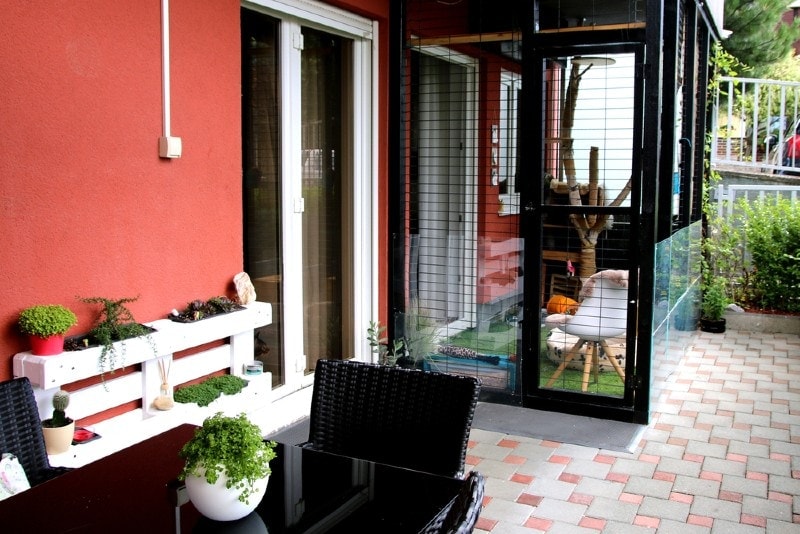
What Are the Different Types of Catios?
There is no real “type” of catio, but rather a definition of the object that anyone can use to construct their own. Some catios are built standing on the ground in a cat owner’s yard, while others are made to hang on the side of their home, giving outdoor access to their cat through a window.
Catios can be as large or as small as you like and can be set up using a regular window or door in your home or a cat door. Most catios have platforms where a cat can sit, lie down, or relax in any way they see fit.
 Where Is It Used?
Where Is It Used?
Catios are used everywhere in the United States but are usually in private homes where cats live. As we’ve seen, catios are generally created to give a cat, or cats, the ability to go outside safely. However, some cat owners create or buy catios for several other reasons.
To Protect Local Wildlife
Some cat owners put up catios not to protect their cats but to protect the local wildlife around their homes. Cats are prolific hunters and killers of small creatures. It’s in their nature but not so great for the local bird population, including chipmunks, rabbits, squirrels, and other small animals. With a catio in place, your cat will technically be outside but unable to hunt and kill anything.
To Control the Cat Population
If you have an outdoor cat that’s sexually intact but you don’t want a litter of kittens, a catio works very well. It allows your cats to see and communicate with other cats in the neighborhood without making contact.
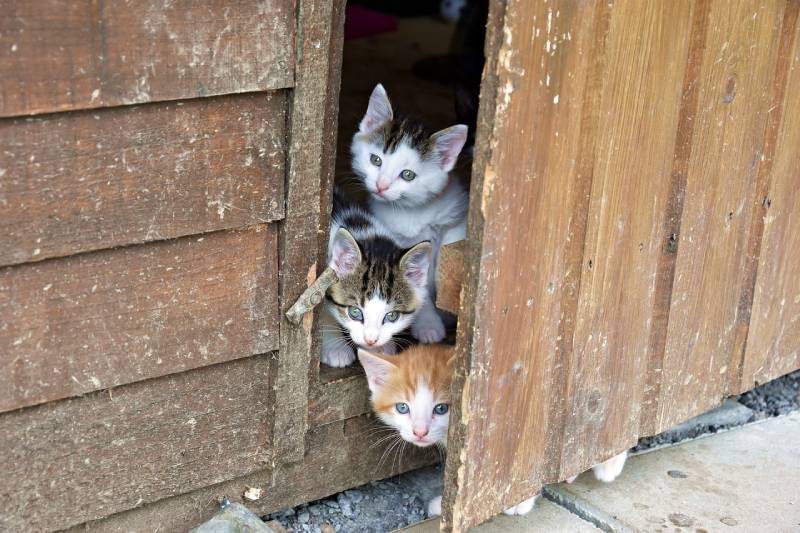
To Keep Your Neighbors Content
Although you probably adore your cat, some people don’t like them or don’t like that cats leave scat in their gardens and dead animals strewn about their yards. A catio helps you avoid conflicts with your neighbors while letting your cat experience the outdoors.
- Gives your cat added freedom
- Protects your cat or cats from harm
- Keeps cats from running off
- Protects the local animals, including birds
- Prevents cats from being hit by cars
- Keeps the local cat population under control
- Prevents problems with neighbors
- Cats can still come in contact with other cats that may be sick
- Insects can still bite and bother your cats
- The entrance to the catio is a heat or cooling loss for your home
- Catios can be expensive to build or purchase
- Catios can make your home look less attractive
 Can You Transition an Outdoor Cat to an Indoor Cat with a Catio?
Can You Transition an Outdoor Cat to an Indoor Cat with a Catio?
If you have an outdoor cat but want to transition it into an indoor cat, a catio can be very helpful. Most outdoor cats will chafe at being restricted inside your home and will be unhappy or even angry. With a catio, however, an outdoor cat will still be able to go “outside,” even if their movements are a bit limited. The stimulation they receive, for most outdoor cats, will allow them to stay calm, happy, and healthy even if they can’t go out and explore like they used to.
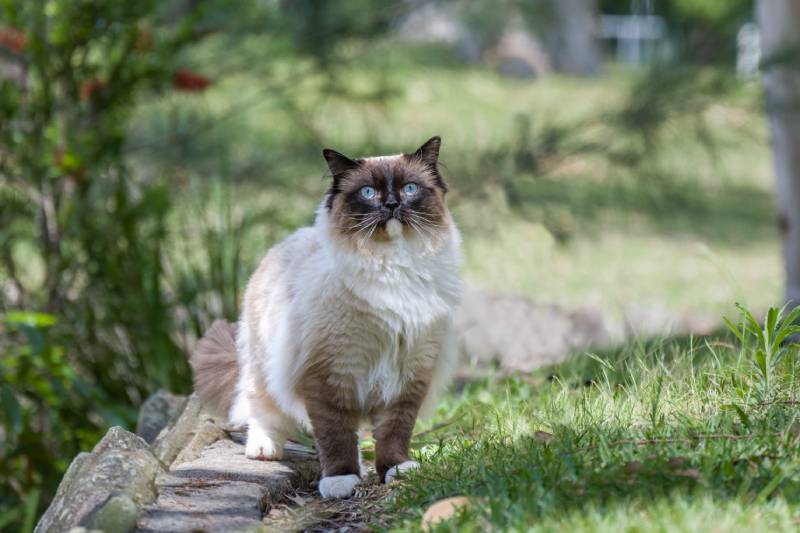
Not All Cats Like Catios
Most cats would take full and immediate advantage of a catio if given the opportunity. However, not all cats are alike; some are shy or timid. For those cats, a catio might not be welcomed. If your cat doesn’t want to use its catio initially, a few suggestions include placing treats, catnip, or cat toys inside. You should also consider giving your cat a place to “hide” in the catio until they feel safe enough.
Does Your Cat Need a Catio?
If given a chance, most cats would gladly use a catio if one was set up for them. Cats are naturally curious animals that love to watch the world go by and experience the world’s smells, sounds, and textures outside your home. A catio allows them to do that safely, which veterinarians agree is very healthy for most cats.
Elderly cats especially like to sit and relax for hours in their catios, and since most cats are social, they love being able to say “hello” to other local cats that might stroll by.
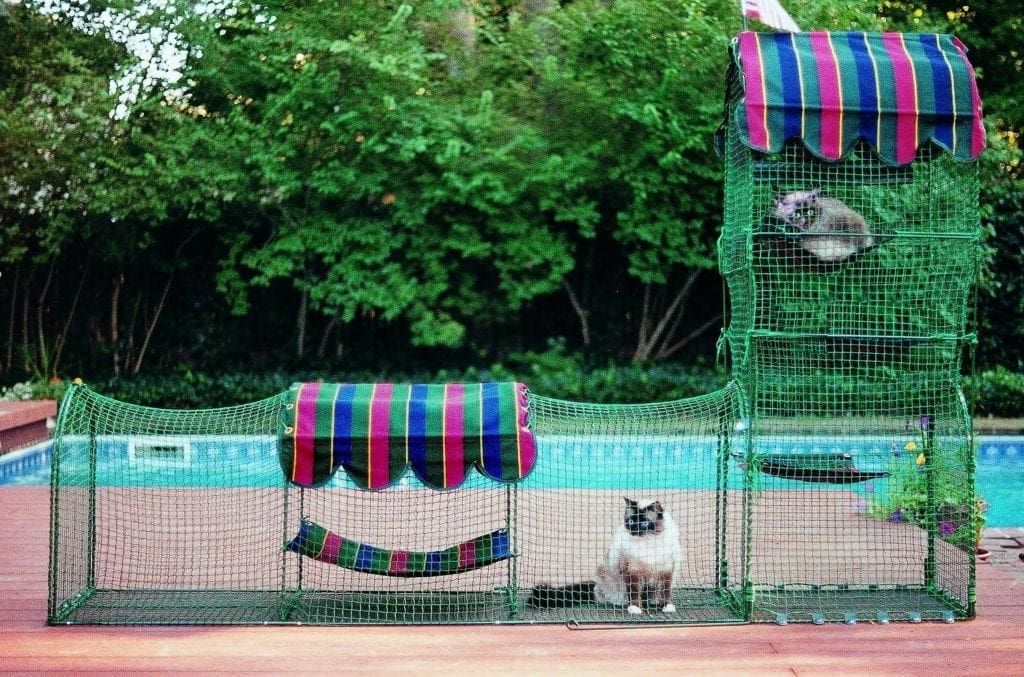
 FAQs
FAQs
Are Catios Good for Cats?
Most veterinarians agree that catios are suitable for cats and help their mental and physical well-being by allowing them to experience the outdoors.
Are All Catios the Same?
Most catios are DIY projects and, for that reason, are all unique. There are, however, plans for catios that you can purchase and complete catios.
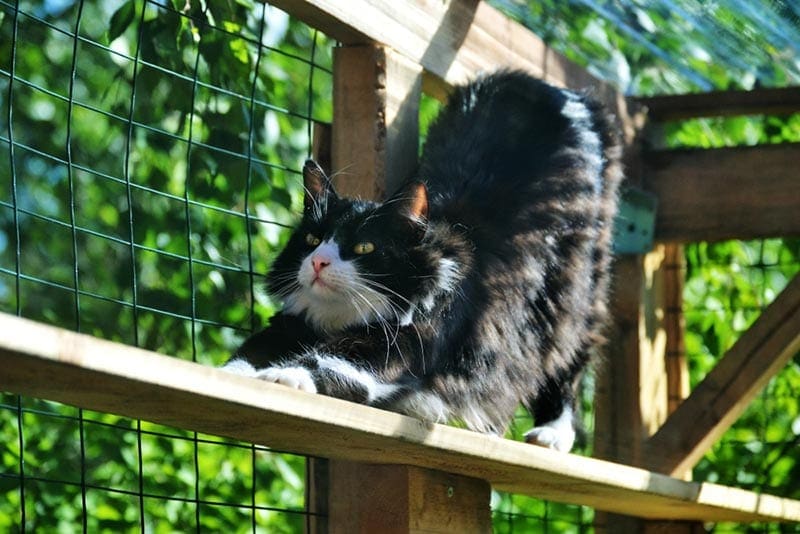
Are Catios 100% Safe for Cats?
While they give cats a way to be outside safely, a catio isn’t 100% safe. Cats can, for example, get close enough to other cats that, if the cat is sick, it can pass on the sickness. Also, insects like fleas and ticks can still attack and hurt your cat in a catio. Lastly, depending on the materials you use, a large predator like a coyote may be able to break into a catio and attack your cat.
Who invented the catio?
It is believed that an American woman, Cynthia Chomos, invented one of the first catios. She also founded Catio Spaces, which provides excellent catio information, including DIY catio plans and premade catios.
 Final Thoughts
Final Thoughts
Catios come in all shapes and sizes, and vets agree that they are good for the average indoor cat. Catios can also be used to transition outdoor cats to indoor cats, help protect the local critter population around your home, and keep the local cat population from spiraling out of control. They are an excellent way to keep your cat happy and healthy by allowing them to be outside without experiencing most of the dangers of outdoor life.
Featured Image Credit: sophiecat, Shutterstock
 How Does It Work?
How Does It Work? Can You Transition an Outdoor Cat to an Indoor Cat with a Catio?
Can You Transition an Outdoor Cat to an Indoor Cat with a Catio?

